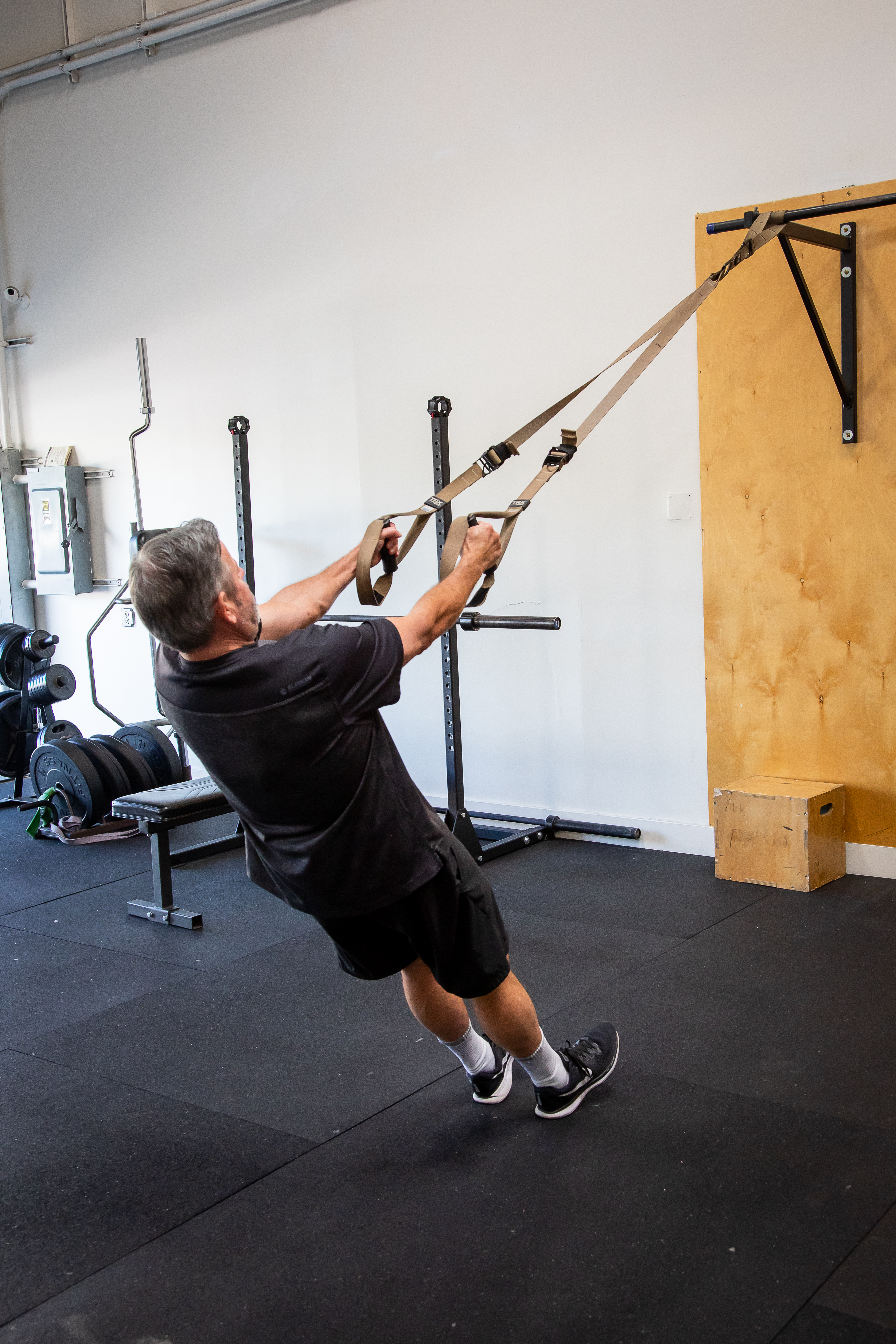The human body is made to adapt to the stresses imposed on it. Climate, physical labor, and tasks requiring mental capacity are a few examples of the jobs we endure throughout our everyday lives. Two prime examples of categories of professions include construction workers and desk jockeys.
For example: construction workers lift heavy boards over their heads, hoist bags of concrete on their shoulders, or hold a gyrating jackhammer as it pulverizes asphalt. As a result, the upper body musculature of construction workers is built strong, the circumference of their arms is akin to Popeye’s anchor-tattooed forearms, and their hands and fingers can catch bricks thrown from twenty feet away.
On the opposite side of the spectrum, the eight-hour desk workers can sit down in one spot performing administrative tasks on their computers and phone. Their mental bandwidth can cut out all distractions as they support the other sophisticated aspect of our society. The ability to communicate, calculate, and decipher solutions to customer services, software, and administrative careers is an essential pillar to humanity, which requires individuals to focus on analyzing, archiving, and completing administrative tasks.
These trades require a tremendous amount of skill. Not everyone can commute a few hours to a job under the hot sun or in the chilly morning demanding a human to endure the elements and fasten eight-foot-long boards to each other for hours on in. Additionally, completing intense physical labor in extreme heat or cold climates is impressive. Personally, I’d have to take a few more breaks than my friends wearing hard hats and orange vests.
Furthermore, a person who can look at a stack of papers on their desk, sit down, and address the logistics required to decrease the height of the documents take a tremendous amount of focus and patience. Wash that down with looking at a computer screen and performing duties on our phones. These desk working professionals have a serious set of skills in which an immense amount of tasks can get accomplished by sitting in one place for a prolonged period of time.
The skills of construction and desk working trades are a specialty acquired over years of experience. Even though both of these trades reflect a masterpiece of how humans can perform, an aspect can hinder this remarkable display of human performance if left unattended. These two styles of workers can develop physical and mental symptoms of overuse or underuse.
The construction worker might have enough strength to wrestle a wild bear after they endure ten plus years of manipulating boards, cement, and steel beams. However, what happens when the lower back takes on too much load? Or, the muscles responsible for holding boards overhead in the shoulder rotator cuff become overworked? For the construction worker, it might be worthwhile to focus on the muscles that aren’t necessarily used throughout their days if they focus on the longevity of their career. Perhaps exercises such as planks to strengthen the muscles around the spine, shoulder injury prevention exercises to strengthen the rotator cuff of the shoulder, or mobility exercises to support flexibility and mobility of various positions their bodies endure would benefit them the most. If a construction worker is already lifting heavy objects for eight hours, do they need to hit the weights at the gym? Maybe focusing on movements that aren’t utilized during their workdays could balance their overall fitness.
The desk worker can suffer from underuse injuries. There are times when an astronomical number of tasks can be accomplished in one day when focusing on administrative tasks on a computer. However, when humans park themselves in an ergonomically-sound chair, their body stops moving. This means that muscles don’t activate throughout any labor except the wrist and finger flexors and extensor responsible for typing over one hundred words per minute. The muscles of the neck, shoulder blades, back, abdominals, hips, and knees lay dormant in hours of hibernation. The lack of physical activity promotes decreases in oxygenated blood flow to the muscle, the stiffening of the infrastructure of the muscle cells that hold together joints, and a reduction in the number of calories expended throughout the day. For the desk worker, taking time away from what they do best and focusing on exercises that get them moving in everything but a seated position will be the key to a long and productive career.
We appreciate both the people who swing hammers and the ones sitting in a chair for eight hours. Take some time to respect how skilled we are in our careers. We all have unique skills that allow us to contribute our talents to society. However, we want to be the best we can at the tasks we perform in our everyday lives. Look at the movements we don’t participate in throughout our days. We can improve the function of our bodies to supercharge the physical activities we perform in our careers by adding exercises into our fitness routine that targets areas of the body we don’t use in our days at work.
Sean McCawley, the founder and owner of Napa Tenacious Fitness in Napa, CA, welcomes questions and comments. Reach him at 707-287-2727, napatenacious@gmail.com or visit the website napatenaciousfitness.com.

